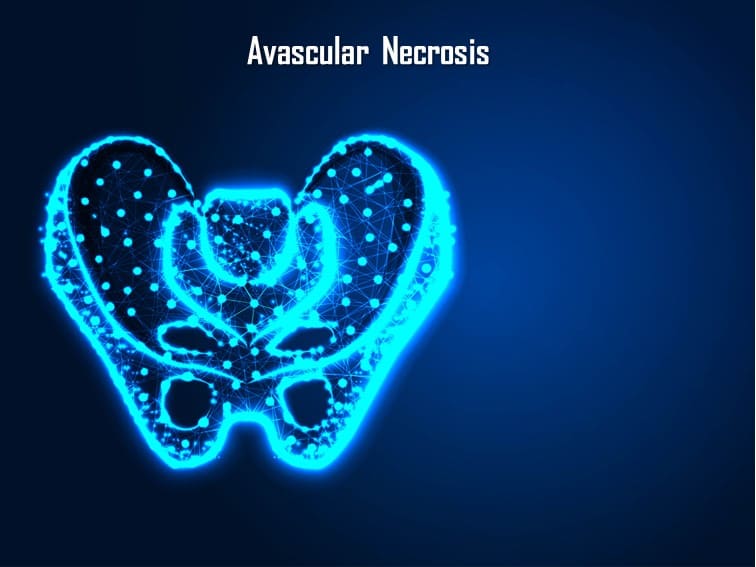Avascular necrosis causes | Dr. Praharsha Mulpur Explains
Lack of blood supply to a bone results in the death of bone tissue. This condition is known as avascular necrosis or osteonecrosis. The condition can lead to minute breaks in the bone – which gradually cause the bone to collapse over a period of time. The process of bone damage may take several months to years. When a bone breaks or a joint dislocates, it can lead to blockage of blood flow to a section of the bone. Excessive and long-term use of certain medications, high-dose steroids, and alcohol can also cause avascular necrosis. Avascular necrosis can affect anyone, but it is most common in people between 30 to 50 years of age.
Avascular necrosis Causes
When the blood supply to a bone or joint is reduced, interrupted, or blocked – avascular necrosis occurs. The cause of a reduced blood supply can be:
Injury or trauma: bone fracture, bone injury or trauma, or a dislocated joint can damage nearby blood vessels. Radiation therapy can also weaken bones and damage blood vessels.
Medical conditions such as Gaucher’s disease and sickle cell anemia can reduce blood flow to bones.
Fatty deposits in blood vessels: lipids and fats accumulate and lead to the formation of plaque that blocks small blood vessels and reduces blood flow to bones.
Medical conditions associated with avascular necrosis include:
Sickle cell anemia, Systemic lupus erythematosus, HIV/AIDS, Gaucher’s disease, Pancreatitis, Certain types of cancer, such as leukemia and divers’ disease (Decompression sickness)
Symptoms
Avascular necrosis can affect the hip, thighs, buttocks, groin, shoulder, knee, hand, and also foot. The condition develops gradually and is associated with mild to severe pain.
In the case of avascular necrosis of the hip, the pain is centered around the buttock, groin, and thigh. Avascular necrosis of the hip and knee is common. It can affect one or both hips or knees.
Complications
Avascular necrosis can progressively become severe and worsens over a period of time. Bones can become weak and eventually collapse. It can also lead to severe arthritis if unaddressed in time.
Diagnosis
Your orthopedic doctor performs a physical examination by pressing your joints and checking for tenderness. The doctor also moves your joints through different positions to check whether you have restricted motion in your joints.
X-rays: Help in detecting changes in the later stages of avascular necrosis. In the early stages, X-rays usually don’t reveal bone changes or any issues in the bones.
CT and MRI Scans: These scans show early changes in the bones that are indicative of avascular necrosis. MRI and Ct scans produce detailed images.
A bone scan after injecting radioactive material into a vein helps in spotting the damaged or injured parts of the bones. On an imaging plate, these spots appear as bright spots.
Treatment
Early detection of the condition helps in giving effective treatment in the initial stages of bone damage. Doctors prescribe over-the-counter pain-relieving medicines and drugs to slow down the progress of avascular necrosis. If the cause of blockage is excess cholesterol and fat deposits then cholesterol-lowering drugs and blood thinners are prescribed. Taking rest as advised by the doctor and exercising under the supervision of a physiotherapist help maintain or improve movement in the joint.
Surgical treatment: Core decompression, bone reshaping (osteotomy), bone transplant (graft), and joint replacement are the surgical treatment options.
Bottom Line
You should consult an orthopedic doctor for any ongoing joint pain – especially when the pain is persistent. You must immediately seek emergency medical care for a possible dislocated joint or broken bone.


